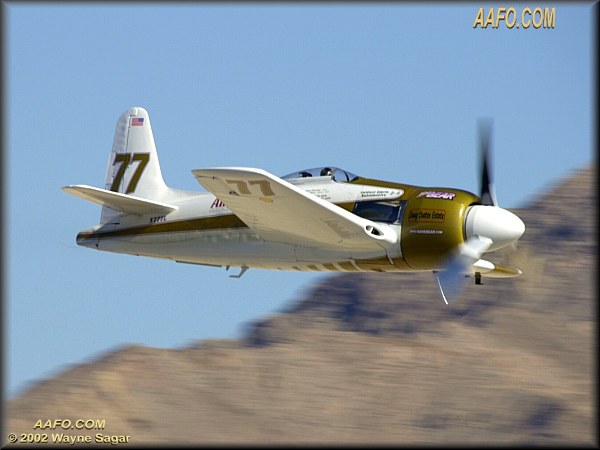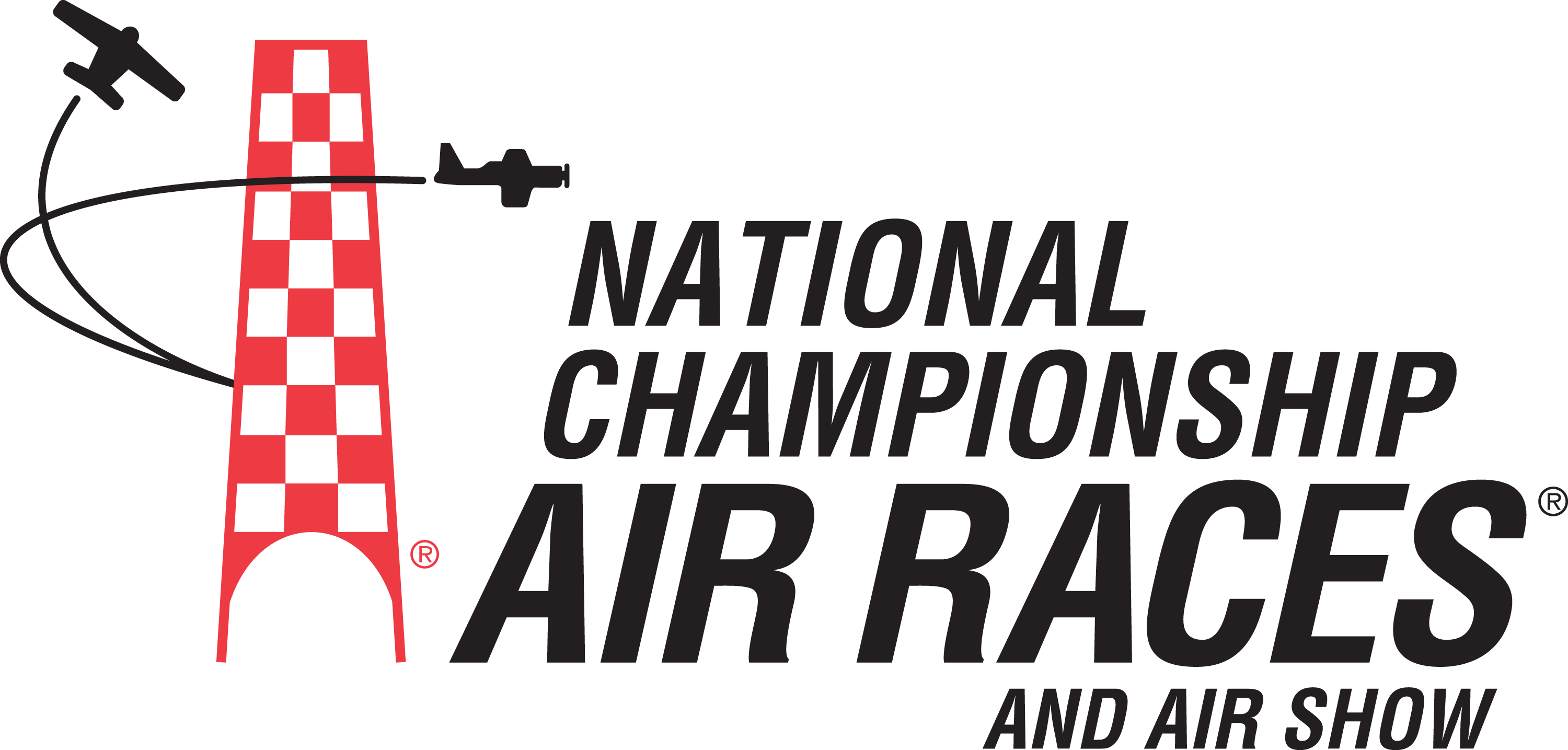There was some discussion last week of some of the things that happen to aircraft structures under stress. This shot was done at the 1985 Bakersfield Air Race held at Minter Field. It was done from home pylon, so the aircraft is not pulling Gs. My understanding is that there were some structural problems with the Bear's fuselage at that time, that were eventually dealt with. Note also that the landing gear door was open quite a bit. Despite all this and much more Lyle ran laps well in excess of 430 mph at near sea level. Quite something for that time...
Neal
Neal






Comment